More Recent Article about Triacontanol. You can play with this stuff naturally by using our alfalfa sprouting seeds and use of SST methods.
>>> Open the FULL PDF of this Research Article By Clicking Here <<<
Abstract
Triacontanol (TRIA) is a natural plant growth regulator found in epicuticular waxes. It is used to enhance the crop production in millions of hectares, particularly in Asia. Quite a number of researchers have reported the TRIA-mediated improvement in growth, yield, photosynthesis, protein synthesis, uptake of water and nutrients, nitrogen-fixation, enzymes activities and contents of free amino acids, reducing sugars, soluble protein, and active constituents of essential oil in various crops. Expectedly, TRIA enhances the physiological efficiency of the cells and, thus, exploits the genetic potential of plant to a large extent. In fact, TRIA increased free amino acids, reducing sugars, and soluble protein of rice (Oryza sativa L.) and maize (Zea maysL.) within 5 min. TRIA elicited the appearance of L(+)-adenosine within 1 min in the roots of plants, the shoots of which were sprayed with nanomolar concentrations of TRIA. TRIA and octacosanol (OCTA), the primary alcohols, are ubiquitous in the environment. OCTA was reported to inhibit the activity of TRIA in the seedlings of rice (Oryza sativa L.) at equimolar concentrations; and both TRIA and OCTA elicited a second messenger, known as OCTAM and triacontanol second messenger (TRIM), respectively. TRIA rapidly increases the ratio of L(+)- to D(–)-adenosine, probably at the tonoplast. However, it is to be resolved as to how TRIA elicits L(+)-adenosine and what is the source of L(+)-adenosine in plants. Based on known metabolic processes, de novosynthesis of L(+)-adenosine is unlikely, because of the rapidity of the response. TRIA-mediated increase in dry matter production could influence the inter-relationship between primary and secondary metabolism, leading to increased biosynthesis of secondary products.
Various studies present strong evidences that application of TRIA applied either to the root medium or to leaves enhanced the growth and yield of vegetables and other crops, including agronomic and horticultural crops as well as medicinal and aromatic crop plants under normal and adverse conditions.
However, further investigations are required to elucidate the possible role of TRIA on plant growth regulation, physiological activities and secondary metabolite biosynthesis regarding medicinal and aromatic plants subjected to abiotic stress. The present review covers the pivotal role of TRIA in plant growth and development, its mode of action and its significance in improving the crop productivity and quality of agricultural crops.
View the Source here: http://www.tandfonline.com/doi/abs/10.1080/17429145.2011.619281#.UxuRe_ldV20
I think this particular article is very interesting and I hope you take the time to download the PDF for a full review. Please Discuss what you learn by commenting below. I'm still just learning about all of these technical aspects and it's refreshing to see an article from 2011 with similar content to an article from the 70's contained in our last blog post. To me, that means that Triacontanol is a proven Growth regulator and implementing Alfalfa Seed Sprout tea's into a home garden is bound to increase productivity, it's just a matter of determining an effective regimen.
Have you already been using 1-Triacontanol synthetically? Are you currently using it organically with alfalfa seeds? What are your experiences? I'm really interested.
Thanks for reading along.
- Jeremy Silva

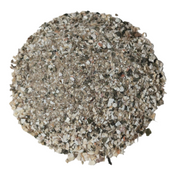
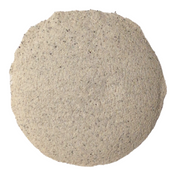
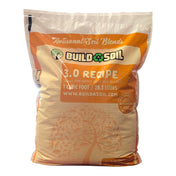
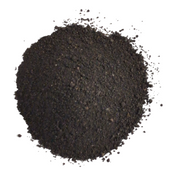
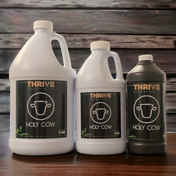
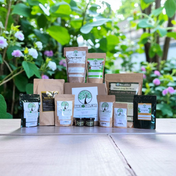
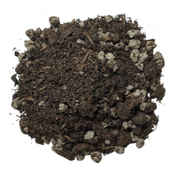
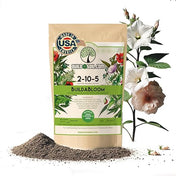
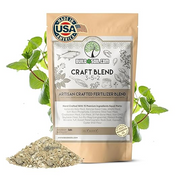

2 comments
Tom! Thanks for the post, your encouragement is well received. I keep reading and learning more everyday so you can rest assured there will be plenty of new and fresh content.
great read for sure. i really enjoy all the new topics being posted, keep it coming guys, this blog is becoming like my daily newspaper